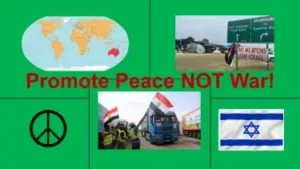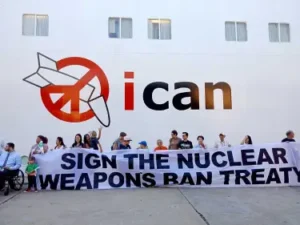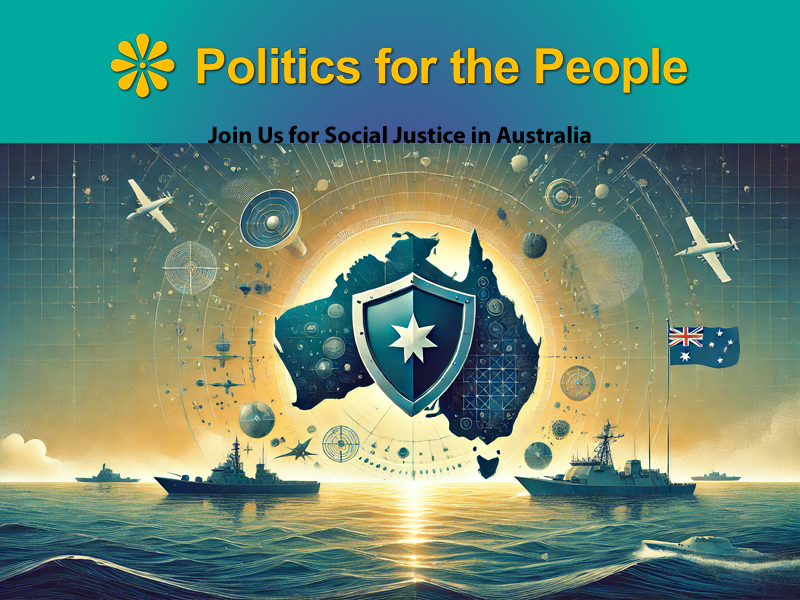Description: War With China
As tensions rise between the US and China, the call for war with China grows louder. Explore the true motivations and consequences of this dangerous rhetoric.
Introduction
As tensions between the United States and China escalate, a disturbing trend has appeared: an increasing number of voices on social media advocating for war. What drives this dangerous rhetoric? The motivations behind calls for war are complex, often intertwined with political power, economic gain, and ideological differences. This article examines these motivations and highlights the dire consequences of war, emphasizing the need for peaceful solutions.
The Motivations Behind Advocating for War with China
Political and Economic Drivers
Advocating for war with China is not a decision taken lightly, yet many voices seem eager to push this agenda. The motivations can be multifaceted:
Political Power
1. Nationalism: Politicians may use aggressive rhetoric to rally nationalistic sentiments, gaining support and solidifying their power base. Nationalism often thrives in a climate of perceived external threat, which can unify a country’s population under a common cause.
2. Distraction: In times of domestic turmoil, advocating for war can divert public attention from internal issues, providing a unifying external threat. This tactic can be used to silence critics and opposition by shifting the national conversation to a perceived foreign adversary.
Economic Gain

1. Defence Contracts: War is profitable for defence contractors who secure lucrative deals to supply military equipment and services. These contracts can be worth billions of dollars, providing a significant financial incentive for companies within the defence industry to support war efforts.
2. Reconstruction Contracts: Post-war reconstruction efforts also present significant economic opportunities for companies involved in rebuilding infrastructure. These contracts can also be highly lucrative and offer long-term business prospects.
These motivations reveal a troubling willingness to risk human lives for political and economic benefits.
The Role of Social Media in Amplifying War Rhetoric
The Power of Misinformation
Social media platforms have become hotbeds for extreme views, often fuelled by misinformation and propaganda. This creates a dangerous environment where war advocacy can thrive.
Misinformation and Propaganda
1. False Narratives: Misinformation spreads rapidly on social media, shaping public opinion with distorted or false narratives about the “enemy.” These narratives can exaggerate threats, demonize opponents, and create a sense of urgency for conflict.
2. Echo Chambers: Algorithms create echo chambers where users are exposed to increasingly extreme views, reinforcing their beliefs, and making war seem like a practical option. In these echo chambers, opposing viewpoints are often suppressed or ignored, leading to a more polarized and radicalized audience.
Lack of Understanding
1. Consequences of War: Many advocating for war lack a true understanding of its devastating consequences, from loss of life to long-term environmental impacts. This lack of awareness can make war seem like an abstract concept rather than a real, tangible threat.
2. Human Cost: War is not a game; it results in real, tangible suffering for millions of people, a reality often overlooked in social media debates. The human cost of war includes not only immediate casualties but also long-term trauma for survivors.
The Real Consequences of War
Human and Environmental Costs
War has severe, lasting impacts that extend far beyond the battlefield.
Loss of Human Life
1. Civilian Casualties: War inevitably leads to the loss of innocent lives, with civilians often enduring most of the conflict. These casualties include not only direct victims of violence but also those who die from related causes such as lack of access to medical care.
2. Military Losses: The lives of soldiers and their families are irrevocably changed, with many paying the ultimate price. The psychological impact on soldiers, including PTSD and other mental health issues, can last a lifetime.
Destruction of Communities
1. Infrastructure Damage: War destroys essential infrastructure, from homes and schools to hospitals and water supplies, leaving communities in ruins. This destruction can take decades to repair and has long-term consequences for the affected populations.
2. Displacement: Conflict forces millions to flee their homes, creating refugee crises and long-term displacement issues. Refugees often face significant challenges in finding safety, stability, and necessities.
Long-term Environmental Impact
1. Ecosystem Damage: War can devastate ecosystems, leading to loss of biodiversity and long-term environmental degradation. The destruction of habitats and pollution from military activities can have lasting effects on wildlife and natural resources.
2. Pollution: The use of heavy weaponry and military operations contribute to significant pollution, affecting air, soil, and water quality. This pollution can have long-term health impacts on local populations and contribute to broader environmental issues.
Advocating for Peaceful Solutions
The Importance of Diplomacy

The path to resolving conflicts should prioritize dialogue and diplomacy over violence and destruction.
Building International Cooperation
1. Diplomatic Engagement: Engaging in continuous diplomatic efforts can help de-escalate tensions and find mutually beneficial solutions. Diplomatic channels can be used to address underlying issues and prevent conflicts from escalating.
2. International Organizations: Strengthening the role of international organizations like the United Nations can help peaceful conflict resolution. These organizations can provide neutral platforms for dialogue and mediation.
Promoting Peaceful Advocacy

1. Public Awareness: Educating the public about the true costs of war and the importance of peaceful solutions can shift the narrative away from conflict. Awareness campaigns can highlight the benefits of diplomacy and the long-term impacts of war.
2. Grassroots Movements: Supporting grassroots movements that advocate for peace can create a powerful counterforce to the pro-war rhetoric. These movements can mobilize communities, influence public opinion, and pressure policymakers to pursue peaceful solutions.
Conclusion
The call for war with China, driven by political and economic motivations and amplified by social media, is a dangerous path fraught with severe consequences. It’s crucial to recognize the actual costs of war and advocate for peaceful solutions through dialogue and diplomacy.
Call to Action
We must stand against the call for war with China and advocate for peaceful solutions. Let us work together to build a world where conflicts are resolved through dialogue and diplomacy, not violence and destruction. Share this message with your friends and family and let us make our voices heard loud and clear.
Questions for Readers
1. What do you think motivates people to advocate for war on social media, and do you think they would be willing to fight on the front lines themselves?
2. How can we better promote peaceful solutions in the face of rising tensions?
Remember to share this article with your contacts and on social media to spread the message and drive change!

